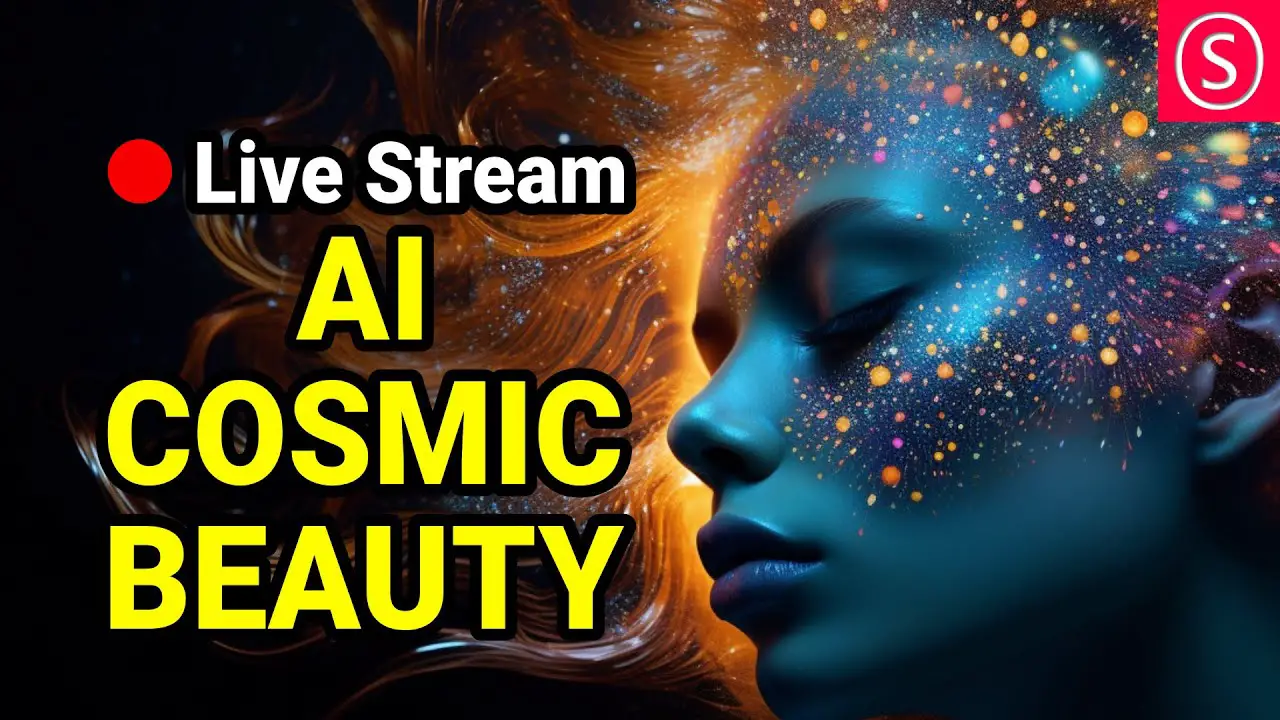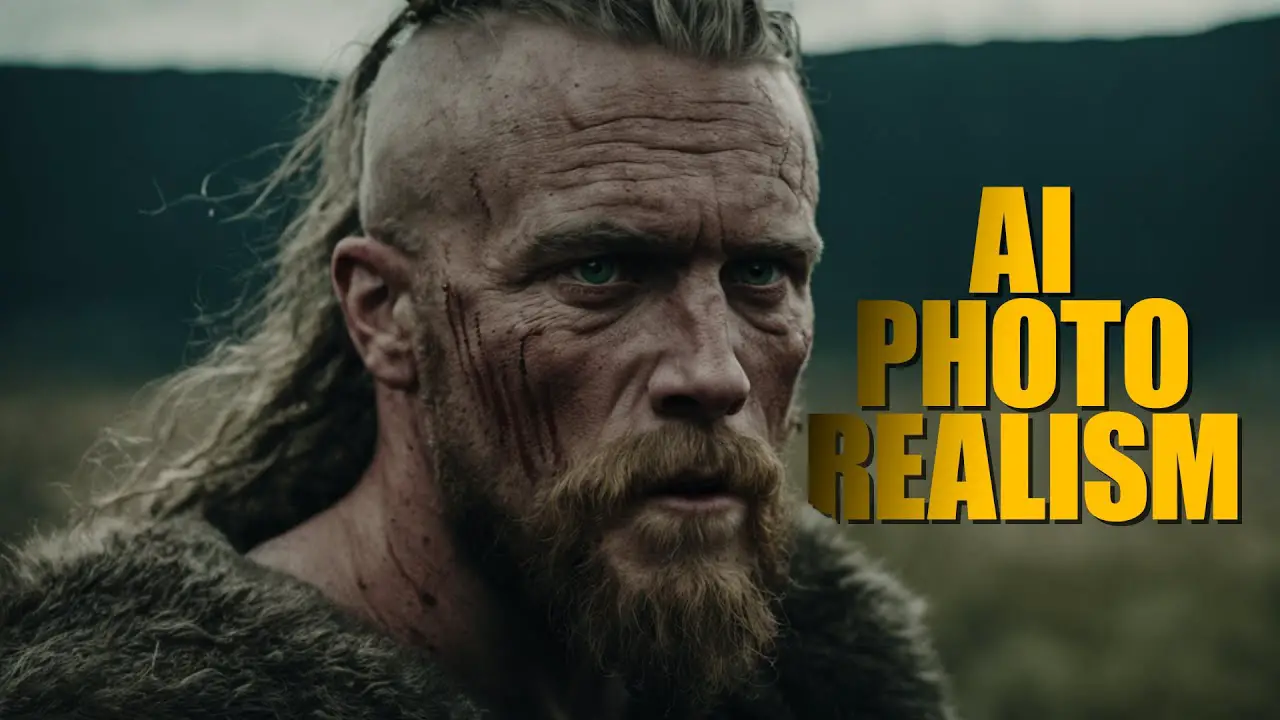Comprehensive Guide to OpenAI's DALLE: The Future of Generative AI Models
August 4th, 2023

Comprehensive Guide to OpenAI's DALLE: The Future of Generative AI Models
Understanding OpenAI's DALLE Generative AI Model
Artificial intelligence has ushered in an era of innovation that is transforming the way we interact with technology. From self-driving cars to personalized recommendations, AI powers a myriad of applications which have seamlessly integrated into our daily lives. Among these groundbreaking innovations, one name stands out: OpenAI's DALLE generative AI model. Dubbed as a revolutionary step in AI development, DALLE is carving out its own niche in the world of generative models. Its potential is vast and exciting, spanning areas like creative design and content generation. So, let's dive deep to unravel the workings of this advanced AI model, its benefits and limitations, along with a sneak peek into what the future holds for DALLE and similar generative models. It's time to embark on a fascinating journey of exploration into the world of AI.
Exploring the fundamentals of OpenAI’s DALLE
Delving into the world of artificial intelligence (AI), one cannot overlook the remarkable creations by OpenAI, one such masterpiece being DALLE. A generative AI model, DALLE has been making waves in the tech industry for its unique capabilities and features. So, what exactly is this system that's captivated the attention of AI enthusiasts?
DALLE, which stands for "Decoder-only Autoregressive Language models that LEarn to generate", is a cutting-edge AI model designed by the renowned research organization, OpenAI. Unlike many other models, DALLE is a versatile creation capable of understanding both text and images.
This model takes in textual prompts as an input and generates corresponding images, making it highly innovative and unique. What sets it apart from standard AI models is its ability to comprehend and generate complex images based on textual prompts provided.
The fundamentals of DALLE lie in its advanced design that combines two important aspects– Vision Transformers (ViT) and GPT-3. ViT provides the model with the understanding of visual data while GPT-3 enables it to process language data, thus, creating a synergic effect that enhances DALLE's capabilities remarkably.
To further illustrate DALLE's functionality; let's consider an example. If you were to provide the model with a prompt like 'a two-story pink house shaped like a shoe', DALLE would be able to visualize your description and create an appropriate image. This ability to understand and interpret abstract concepts sets DALLE firmly at the forefront of generative AI models.
Understanding DALLE is fundamental to appreciate the strides OpenAI is making in the realm of AI. As we move forward, DALLE and similar models are set to redefine our interaction with technology, opening up new avenues for creativity and innovation.
Unpacking the technological components of DALLE
Diving deeper into the heart of OpenAI's DALLE, we find a fusion of two essential technological components that make this AI model stand out: transformer language models and Generative Adversarial Networks (GANs).
The transformer aspect allows DALLE to effectively learn patterns and correlations in data. It is this component that empowers the model to understand context, interpret sequences, and generate unique outputs based on its learned knowledge. Transformer language models, such as GPT-3 by OpenAI, have already demonstrated remarkable results in tasks like translation, question-answering and more. DALLE uses similar principles, but applies them to both textual and visual inputs.
In tandem with transformers, DALLE also utilizes GANs - a type of AI model designed to yield synthetic instances of data that can pass as real. GANs consist of two parts: a 'generator' that creates new data instances, and a 'discriminator' that evaluates these instances for authenticity. In the case of DALLE, the application of GANs enables it to not just understand textual input, but also generate corresponding images from scratch. This means it can produce an image of a 'two-story pink house shaped like a shoe' simply by processing these words.
Together, these two vital technological components equip DALLE with the ability to generate coherent and diverse visual outputs from textual descriptions. The interplay between transformer language models and GANs within DALLE forms a dynamic duo that unveils a whole new horizon for generative AI models.
However, the technology behind DALLE isn't just about advanced algorithms; it's also about large-scale computational power. Training such a powerful generative model requires substantial resources, which raises questions around accessibility and the democratization of AI. As we continue exploring and developing AI technologies like DALLE, these considerations will play a crucial role.
Analyzing the potential applications of DALLE AI
In the rapidly evolving field of artificial intelligence, DALLE AI is blazing a trail with its remarkable applications. As one of OpenAI's most innovative projects, it has ushered in a new era of creative designing and content generation.
DALLE AI's capabilities lie in its generative model that combines the comprehension of language models with visual understanding. This enables it to generate highly detailed and contextually relevant images from text descriptions, opening up endless possibilities for creative designing. Imagine being able to create an entire scene of a futuristic city or a fantasy landscape just by providing a descriptive sentence. This could revolutionize industries like video game design, animation, and advertising, where concept art plays a crucial role.
Moreover, DALLE's potential applications extend beyond creating static images. It can be used to generate video content as well. For example, you could provide a script for a short film, and DALLE could generate the corresponding scenes, complete with characters, settings, and props. This could potentially streamline the production process, making it quicker, more cost-effective, and accessible to individuals without extensive technical skills.
But DALLE's applications aren't limited to the creative fields alone. In education, it can be used to develop interactive learning materials. For instance, a history teacher could use DALLE to generate historically accurate illustrations to accompany their lessons. In the healthcare sector, it could be used to create anatomical diagrams or visualize patient symptoms, thus aiding in medical education and diagnosis.
In conclusion, DALLE AI is much more than a sophisticated piece of technology; it's a tool that empowers us to bring our imaginations to life like never before. And as it continues to improve, we can expect to see even more exciting applications in the future.
Evaluating the benefits and drawbacks of DALLE model
In the sphere of artificial intelligence, every technological advancement brings with it an array of benefits and drawbacks, and the DALLE model by OpenAI is no exception. Let's evaluate the positive and negative aspects of this groundbreaking technology.
On one side of the coin, the benefits offered by the DALLE model are truly revolutionary. As a generative AI model, DALLE steps into uncharted territories by bridging the gap between text description and image generation. This ability opens up a plethora of possibilities in many fields such as design, marketing, education, and entertainment. For instance, designers can use simple text descriptions to generate complex visual elements, saving significant time and effort.
Furthermore, DALLE also aids in content creation like generating illustrations for stories or articles based on given textual context. This could revolutionize sectors such as digital marketing and e-learning, making content generation quick, efficient, and highly personalized matching users' unique needs.
However, with these advantages come certain drawbacks that require thoughtful consideration. One primary concern surrounding the DALLE model is its potential misuse. The power to generate realistic images from text can be exploited to create misleading information or deepfakes, leading to ethical and security issues.
Another potential drawback is the high computational resources required by the DALLE model. The intensive training process demands significant processing power and memory, which may not be feasible for small businesses or individual developers.
Lastly, there is a question of originality and copyright infringement. If the DALLE model generates an image resembling someone's copyrighted work, it could lead to legal complications.
In conclusion, while the DALLE model promises to redefine AI capabilities with its innovative features, it also introduces new challenges that need to be addressed. Balancing these factors will be critical in determining the model's real-world applications and its long-term success.
The future of generative AI models like DALLE
Envisioning the landscape of future technology, generative AI models like DALLE hold significant promise and potential. These advanced systems are predicted to radically reshape multiple industries and even our day-to-day lives.
With its ability to generate an entire image from a few textual descriptions, DALLE is paving a new path in the realm of artificial intelligence. It represents an exciting juncture where language models cohesively intersect with creative visual elements. This blend of creativity and computational prowess allows for unprecedented explorations into interactive design, digital art, and more.
Imagine a world where we can instantly materialize our thoughts into visual representations or create customized designs on-the-go with just a voice command. That's the level of convenience and customization that DALLE and similar generative AI models could potentially offer in the near future.
In terms of commercial applications, businesses across sectors could leverage these innovative technologies for content generation, branding, advertising, and other creative pursuits. For instance, fashion brands could use DALLE-like AI models to generate unique product designs based on trending styles or consumer feedback.
However, it's crucial to note that with these advancements come challenges. Questions around intellectual property rights, AI ethics, and job displacement stand at the forefront of this transition. It will be up to us - the technologists, policy-makers, and society - to navigate these complexities and ensure that these powerful tools are used responsibly and for the greater good.
To conclude, the future of generative AI models such as DALLE certainly looks bright and full of opportunities. But it is equally interspersed with challenges and predicaments that need careful thought and attention. As we stand on the cusp of this transformation, one thing is clear - generative AI models will play a significant role in shaping the narrative of our technological advancement. The transformative potential of OpenAI's DALLE cannot be understated. Its fundamental understanding of both language and visual elements positions it as a ground-breaking tool in the realm of generative AI models. The technological prowess behind this model leverages the fusion of transformer language models with Generative Adversarial Networks, making it capable of creating cohesive visual content from text descriptions. While its potential applications, such as in creative designing and automated content generation, are promising, it is essential to also acknowledge the accompanying drawbacks and challenges it might pose.
As we progress further into the era of artificial intelligence, models like DALLE will continue to redefine our interaction with technology and the world around us. Their capabilities can unlock unprecedented opportunities, however, they also underscore the importance of robust ethical guidelines for AI deployment. We stand at the cusp of an exciting future, one where creativity and intellect get a digital impetus. In pondering over this, let's remember: with great power comes great responsibility. What we make of this power lies entirely in our hands.
Other articles
August 28th, 2023
Let's Create AI Art & Thumbnails (LIVE)
w you how I create my thumbnails … read more...
October 7th, 2023
Utilizing GPT and AI to Enhance Calendar Apps
y of your favorite calendar apps. read more...
September 20th, 2023
Mastering ChatGPT Parameters: Your Ultimate How-To Guide
and, master and apply these parameters to enhance your AI text generation. read more...




